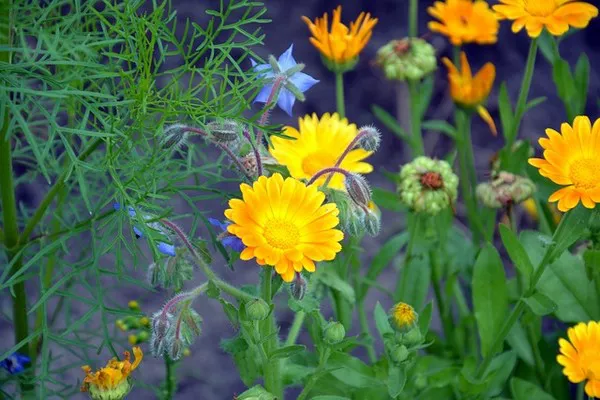A recent study led by Prof. Menachem Moshelion and researchers Dr. Yael Grunwald and Dr. Adi Yaara from The Robert H. Smith Faculty of Agriculture, Food and Environment at The Hebrew University has unraveled the intricate dance between light conditions, specifically the Blue-Light (BL) to Red-Light (RL) ratio, and leaf hydraulic conductance (Kleaf) across diverse canopy areas.
The plant canopy, the upper layer of vegetation, serves as a pivotal mediator between plants and their environment, influencing light interception and photosynthesis. Understanding the impact of light intensity and quality on photosynthesis is crucial for unraveling the mechanisms governing plant growth.
This study delves into the influence of varying light conditions on plant hydraulic and gas conductance, focusing on the water flow within leaves. The balance of blue and red light in well-lit areas affects water permeability near the plant’s vascular tissue, meeting the heightened water demand in these regions.
In contrast, shaded areas exhibit lower light intensity, resulting in reduced water needs. Despite lower light availability, shaded leaves maintain water-use efficiency by minimizing transpiration and cooling requirements. The presence of red light sustains photosynthesis, highlighting the adaptability of plants to varying environments.
The research provides valuable insights into the nuanced mechanisms through which plants adapt to different canopy regions. These findings hold promise for optimizing agricultural practices, particularly in regions where water management is paramount. By deepening our understanding of plant physiology, this study paves the way for more sustainable and efficient agricultural approaches, contributing to the ongoing quest for global food security.


